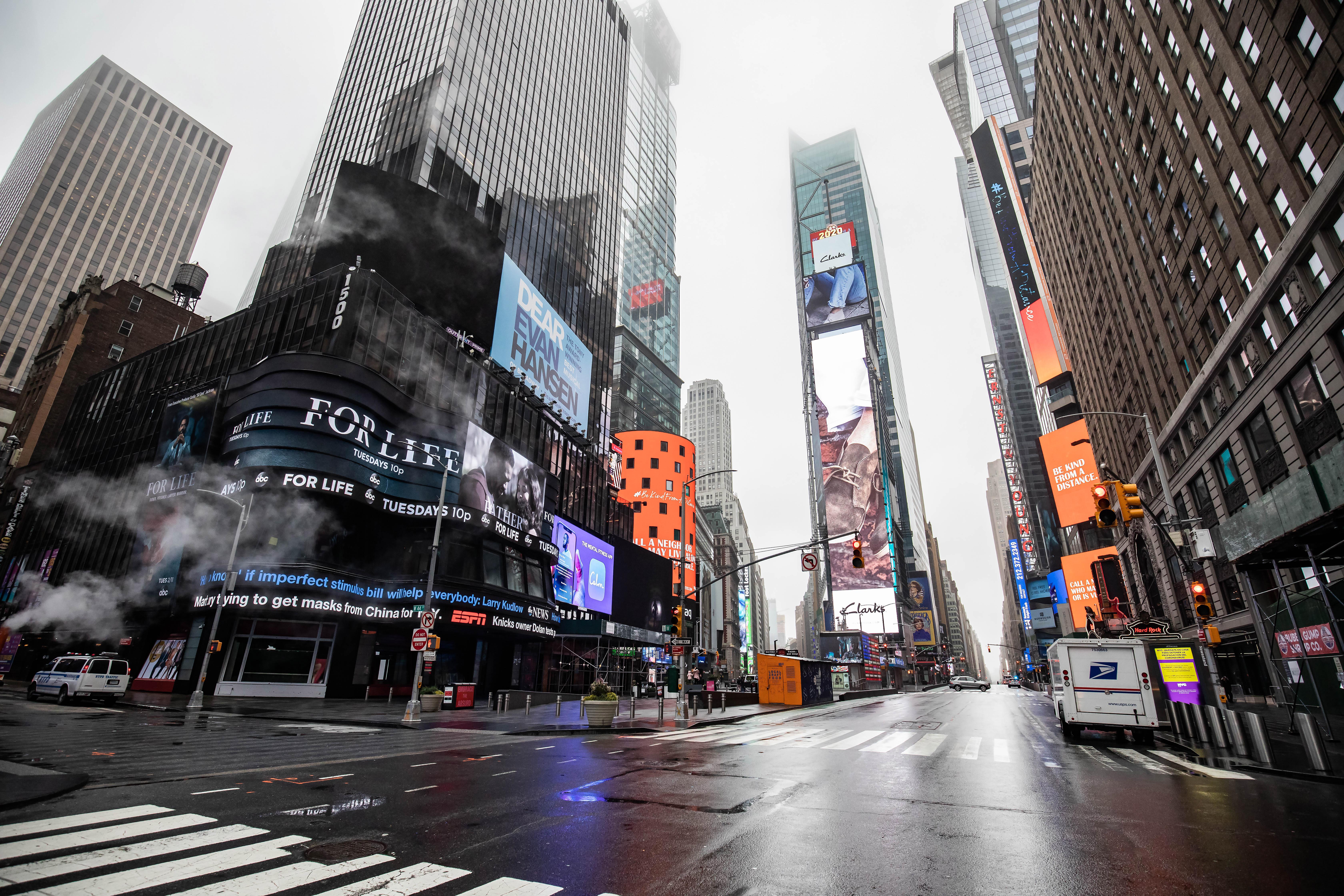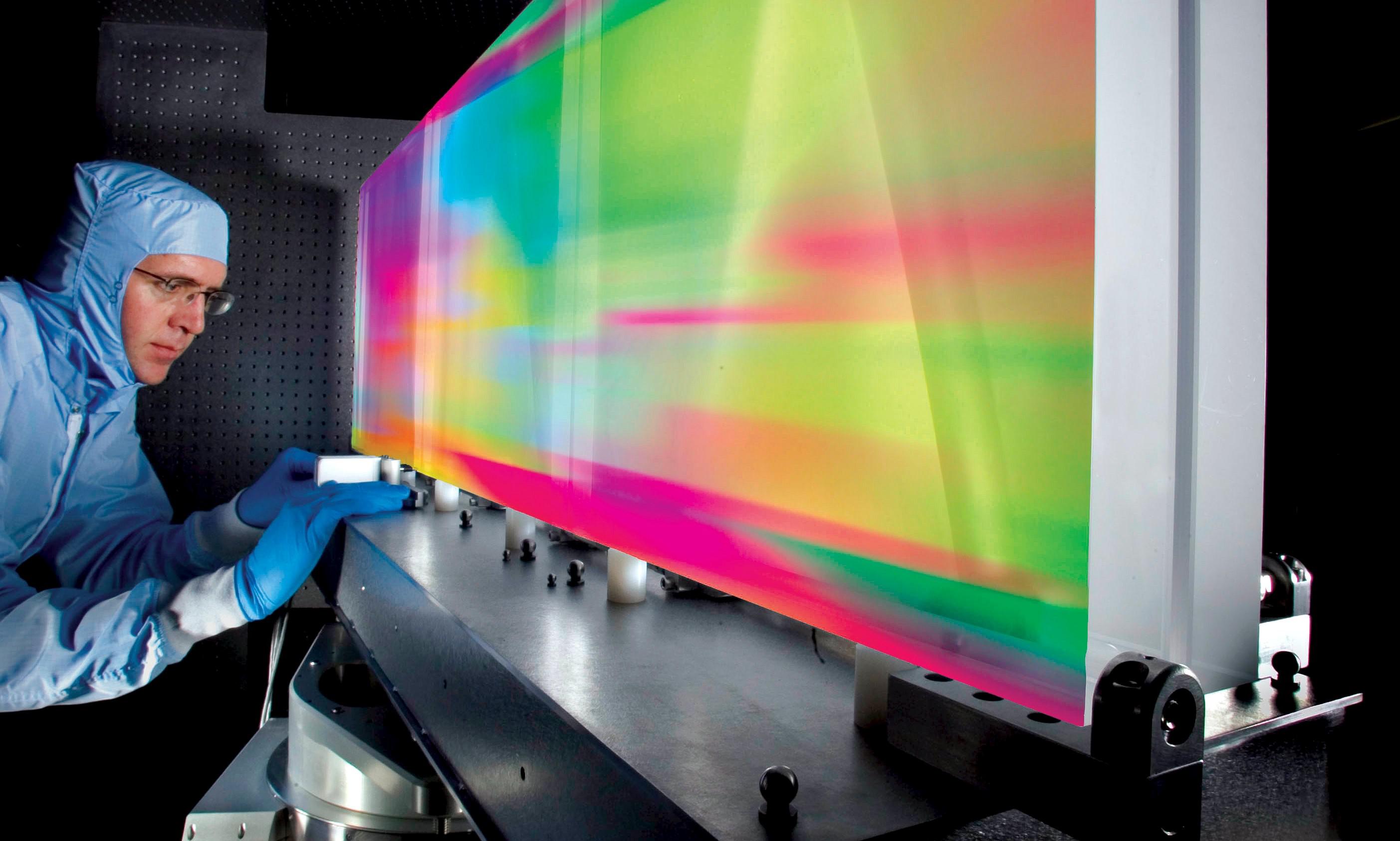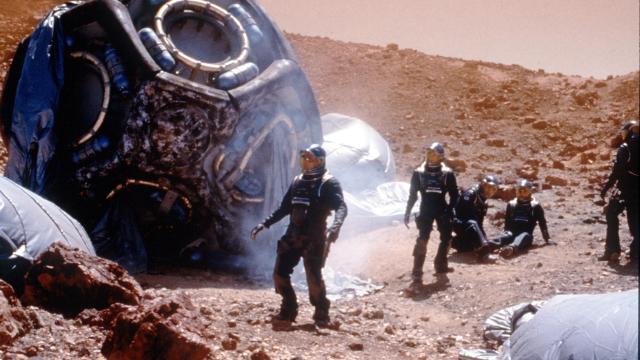4 Reasons Why People Choose to Remain Ignorant

Genomics and biotechnology company 23andMe fascinated customers by informing them of ancestral ties down to the percentage point with a simple swab of saliva. A year after the company’s 2007 founding it began publishing personal predispositions to genetic traits. Many quickly realized that while hunting ancestry is a fun endeavor, a glimpse into the future is unsettling.
The FDA immediately stepped in. Telling consumers what disease they may or may not be susceptible to can result in hasty life decisions. On the flip side, knowing what you are at risk for is a catalyst for better lifestyle and dietary shifts. Efficacy of these tests is also in doubt, or so a number of lawsuits have claimed.
This invokes an intriguing dilemma as science offers more of a forward gaze. How much of your future do you want to know? Flipping tarot cards and yarrow sticks and watching the position of imaginary animals in the night sky are old methods for portending what’s to come. If you found a method that was actually reliable, though, would you use it?
For most the answer is no, claims a new study by Gerd Gigerenzer and Rocio Garcia-Retamero published in Psychological Review. Humans might have an ambiguity aversion and need for closure, the researchers write, yet we predominantly don’t want to learn what’s ahead, especially when pertaining to negative possibilities.
Just over 2,000 participants answered questions in Germany and Spain, with slightly more females than males taking part. The age range was evenly divided into three groups: 18-35, 35-50, and 51+. Nearly 70 percent in both groups do not attend religious services.
The results were nearly identical in both countries. When asked if you wanted to know when your partner will die and of what cause, 90 percent replied no to both questions. The same held true regarding the date of your own death. When asked if and when you’ll be divorced, the numbers remained in the high eighties.
When asked about positive events in life, the numbers were not nearly so unanimous, though in general people preferred ignorance over knowledge. Would you like to know the outcome of a soccer game you couldn’t watch live? Over three-quarters said no. How about your next Christmas present? While 60 percent said no, another third were uncertain, leaving the definite yeses at under 7 percent. Life after death? Sex of your child? Roughly 43 percent said yes in both of these categories.
Given how much we loathe incomplete narratives, why the aversion? Gigerenzer and Garcia-Retamero differentiate between ignorance, which is a “state of knowledge in which a person does not know the answer to a question,” and deliberate ignorance, or “the willful decision not to know, as opposed to the inability to access information or disinterest in the question.” Provided that information is free and notwithstanding personal interest, the researchers uncovered four reasons why we choose to remain deliberately ignorant.
To avoid potentially bad news. The researchers cite genetic testing throughout the report. Knowing whether you are susceptible to breast cancer, for example, is a decision many women struggle with. Angelina Jolie famously underwent a double mastectomy after discovering she carried a mutation in the BRCA1 gene, having lost three female family members to cancer. While the decision to have surgery was heavily debated in the press, Jolie is a rare example of not only wanting to know, but taking preventive actions without definitive proof. She might never know for sure, yet she will also not have to suffer the consequences of inaction.
To maintain positive emotions of surprise and suspense about personally important events. Thank dopamine for this one. However much we love complete narratives, acts of surprise—is that a new text?—release a pleasant neurochemical cocktail, for better or worse (worse when driving or when we should otherwise be attentive). Stanford neuroscientist Robert Sapolsky calls this the ‘magic of maybe,’ the seduction of mystery that’s destroyed by certainty. If we always knew what was ahead our motivation would drop rather significantly.
To profit strategically from remaining ignorant. Willful blindness played an important role in the 2008 financial crisis, the authors write. By not knowing even though you do know you’re able to later eschew responsibility and avoid liability. This is readily witnessed when politicians state they can ‘neither confirm or deny that claim’ in congressional hearings. It’s a ‘Get Out of Jail Free’ card that everyone listening knows is a sham.
To increase fairness and impartiality. Humans are complex animals with varying motives. While some are purposefully deceptive, we also have an innate sense of fairness. Primatolgist Frans de Waal showed this in experiments with capuchin monkeys. Give two monkeys a cucumber slice and they’re happy. Give one a grape and the other will reject the cucumber in frustrated rage. He knows he’s being treated unfairly. For the most part humans utilize the same moral compass.
Only 1 percent of participants responded yes to every question in these surveys. In general humans crave knowledge. We get regular cancer screenings to avoid catastrophes. We run genetic tests on our unborn children to prepare for the worst. We monitor our health on our wrists and with calorie counters. We gossip, endlessly and needlessly, to ‘get the whole story.’
Yet we are not suckers for certainty, the authors conclude. Some mysteries are best left unsaid, so that “one can forego the suffering that knowing the future may cause, avoid regret, and also maintain the enjoyment of suspense that pleasurable events provide.” Dopamine wins again.
—
Derek’s next book, Whole Motion: Training Your Brain and Body For Optimal Health, will be published on 7/4/17 by Carrel/Skyhorse Publishing. He is based in Los Angeles. Stay in touch on Facebook and Twitter.





